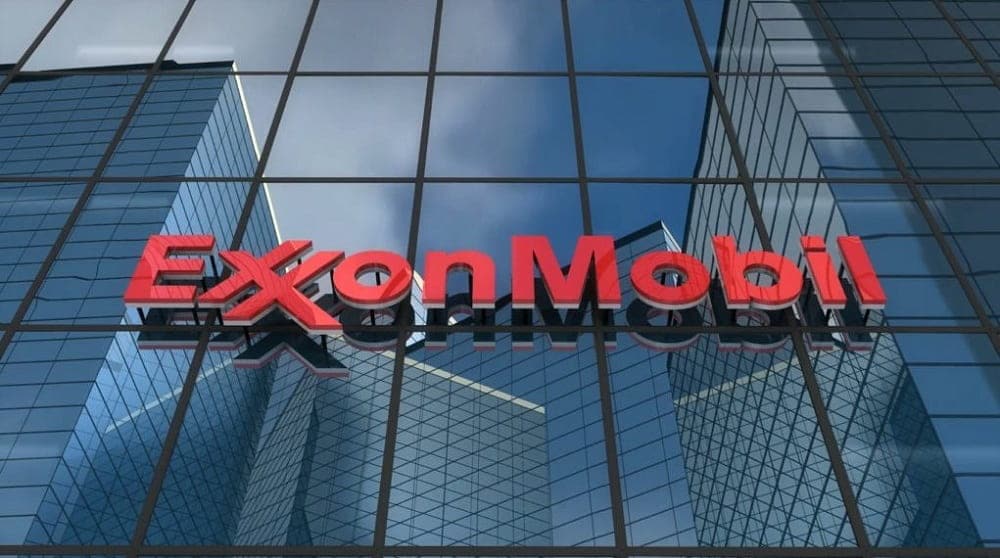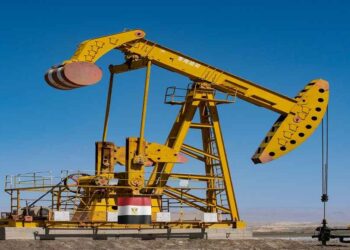“We are effectively executing our growth strategy that will lead to sustained improvement in shareholder value,” Darren W. Woods, ExxonMobil chairman and chief executive officer, said at the company’s annual investor day at the New York Stock Exchange.
“Using the strength of our balance sheet to invest through the cycle is a key element of our strategy. We are taking advantage of a favorable cost environment and investing in advantaged projects – underpinned by the long-term fundamentals of growing demand. The strength of our portfolio and our financial capacity enable us to continuously evaluate our priorities and the pace of investments while preserving value, which is critical in current market conditions and near decade-low commodity prices and margins.”
Woods told investors that ExxonMobil is planning capital expenditures of between $30 billion to $35 billion annually through 2025, consistent with previous guidance. For 2020, the company anticipates an investment level of up to $33 billion, depending on the progress of individual projects.
Woods also outlined progress on key projects that support ExxonMobil’s growth plans, including:
- In Guyana, the estimated gross recoverable resource from the Stabroek Block increased to more than 8 billion oil-equivalent barrels, in part as a result of six additional discoveries made in 2019 and 2020. ExxonMobil and its partners started production of oil at the Liza field in December 2019, less than five years after the first discovery of hydrocarbons and years ahead of industry average. Production in Guyana is expected to reach more than 750,000 gross barrels of oil per day by 2025.
- In the Permian Basin, production volumes increased and remain on track to exceed 1 million oil equivalent barrels per day by 2024. A capital-efficient development approach is being applied at scale, differentiating ExxonMobil from its competition. The process, known as cube development, accesses multiple shale layers simultaneously, saving money, maximizing value of resources and reducing surface footprint. The company emphasized it is evaluating the pace of near-term development activities in response to market conditions, and can do so while preserving value. Permian well cost and performance continues to improve and future growth will be supported by integrated infrastructure capacity expansions at the company’s Gulf Coast refineries and petrochemical operations.
- ExxonMobil holds the leading acreage position in Brazil among international oil companies and added more than 450,000 acres in 2019, for a total of 2.5 million net acres. The company has plans to increase exploration activity in 2020 and 2021, and Phase 1 of the Bacalhau field development is progressing on schedule.
- ExxonMobil reported strong performance from its low-cost liquefied natural gas (LNG) operations in Papua New Guinea, and the company continues to work with the governments in Papua New Guinea and Mozambique to advance new projects to support long-term demand growth.
- In the downstream, ExxonMobil remains focused on maximizing value from its base assets through increased integration, utilization and efficiency. Project improvements continue to add value, and recent investments in Beaumont, Rotterdam and Antwerp generated earnings of $300 million in 2019.
- In the chemical business, long-term global fundamentals continue to support the company’s expansion projects throughout the U.S. Gulf Coast and in Asia. Eight projects have been completed, four reached a final investment decision in 2019, and one additional project is being progressed. These investments are expected to deliver a 30 percent increase in sales growth relative to 2017.
- The company is actively upgrading its portfolio through strategic divestments, and continues to progress its $15 billion divestment program.
Woods said ExxonMobil’s long-term growth plans are rooted in the company’s efforts to meet the world’s increasing demand for reliable and affordable energy, while reducing emissions and risks associated with climate change.
Population growth and an expanding middle class will increase energy demand, which will require massive investments in oil and natural gas even in the more stringent low carbon scenarios, he said. Investments in new technologies to reduce emissions will also be needed.
ExxonMobil is a technology leader and is collaborating with world-leading research institutions to advance lower-emission solutions including biofuels, carbon capture and energy-efficient manufacturing. The company is targeting the critical sectors of commercial transportation, power generation and high-energy industrial processes, because they produce 80 percent of energy-related emissions and current technologies are insufficient to achieve deep reductions.
“ExxonMobil is committed to being part of the solution,” said Woods. “We’re investing in new energy supplies to improve global living standards, working on technologies that are needed to reduce emissions and supporting sensible policies, such as those putting a price on carbon or regulations to reduce emissions of methane.”
About ExxonMobil
ExxonMobil, one of the largest publicly traded international energy companies, uses technology and innovation to help meet the world’s growing energy needs. ExxonMobil holds an industry-leading inventory of resources, is one of the largest refiners and marketers of petroleum products, and its chemical company is one of the largest in the world.



















































